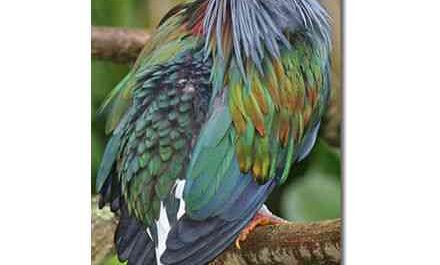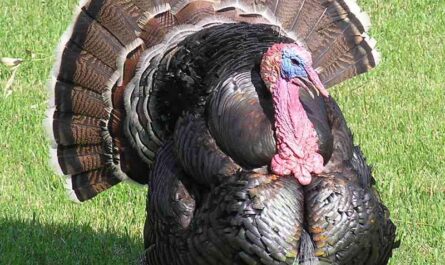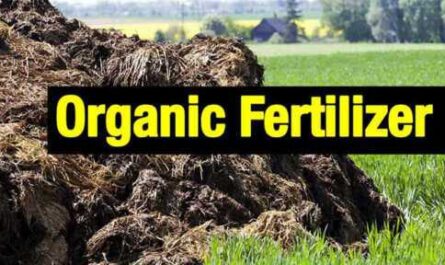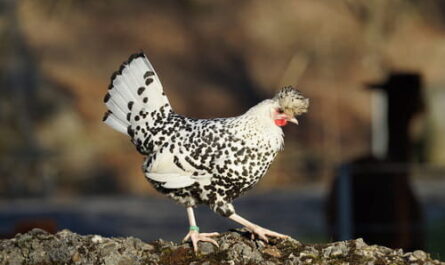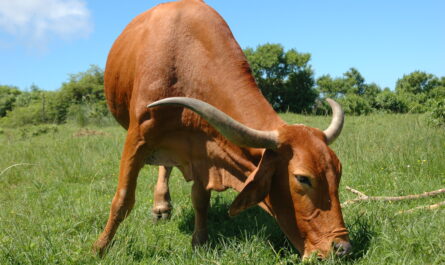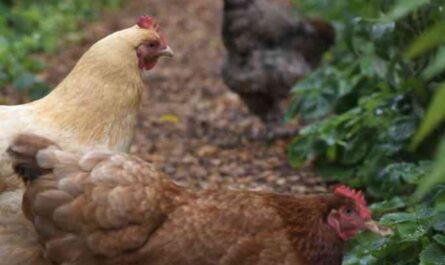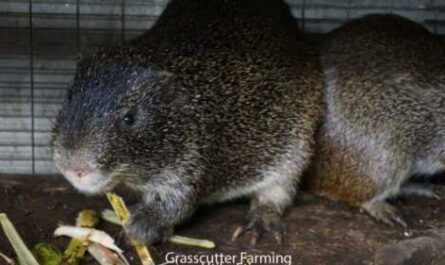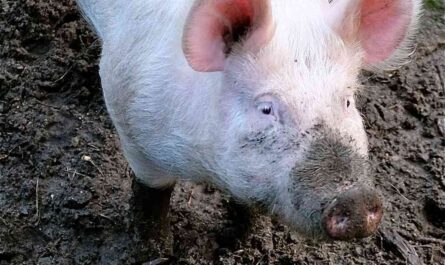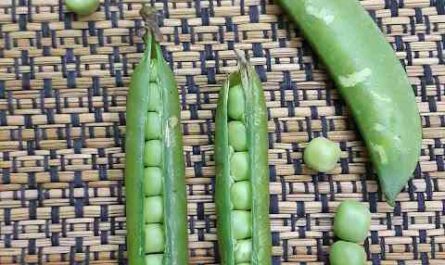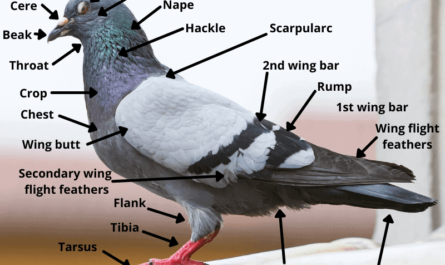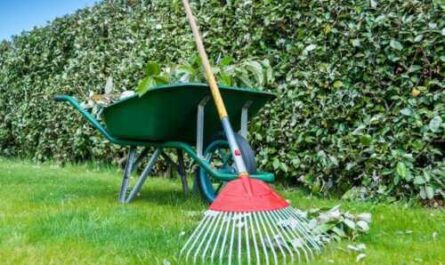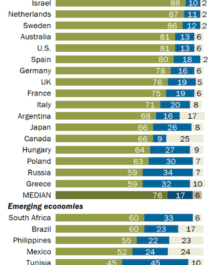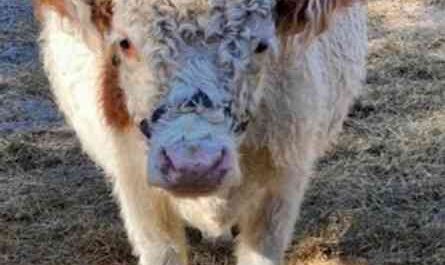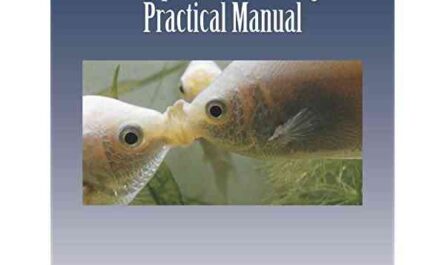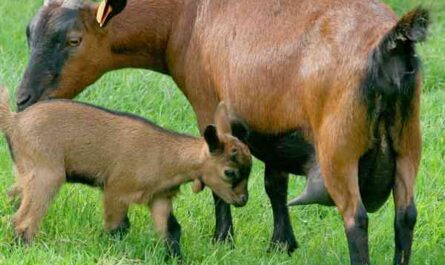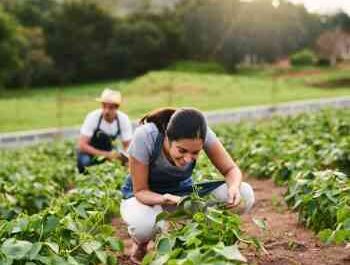Growing kohlrabi in your garden is very easy, enjoyable and enjoyable. Because kohlrabi plants grow quickly and are ready to harvest just weeks after planting. It is actually a cool season crop and you can try growing kohlrabi in spring or fall.
Kohlrabi is a biennial vegetable that belongs to the same species as broccoli, Brussels sprouts, cabbage, cauliflower, kale, and savoy. It is also known by other local names in many parts of the world.
Its other names include German turnip, cabbage turnip, su hao, ol kopi, monzh-hah, hah, nol khol, navilu kosa, nol kol, culumpra, etc.
Kohlrabi can be eaten raw or cooked in different ways. But the stems are usually used raw in salads or sweets. It has a similar texture to a broccoli stalk, but with a sweeter, less vegetal flavor. The leaves are also edible and can be used interchangeably with green vegetables and cabbage.
Kohlrabi is nutritious and rich in sugar, dietary fiber, vitamins and minerals. Some varieties of kohlrabi are grown not only for human food, but also for livestock feed.
However, if you love this vegetable, you should try growing organic kohlrabi in your garden. Because the taste and aroma of home-grown kohlrabi is much better.
How to Grow Organic Kohlrabi
It is very easy to grow kohlrabi organically in your garden. Plants grow faster and are ready to harvest in a very short time.
So you can easily start growing kohlrabi in your garden. Here we will go into more detail about the stages of growing organic kohlrabi in the vegetable garden from planting, tending to harvesting.
Choose the variety
There are several varieties of kohlrabi to choose from. White Vein, Purple Vein, Grand Duke, Super Bumblebee, Purple Danube and White Danube are some of the widely available cultivars.
Check with home gardeners in your area for more specific strain recommendations.
Buy seeds / seedlings
You can start growing kohlrabi from seeds and transplants. So buy seeds or seedlings.
You can buy transplants at the nearest nursery. And kohlrabi seeds should be readily available at one of the markets nearest to you.
The best time to grow kohlrabi
Kohlrabi is a cool season crop that is best grown in the winter.
Soil preparation
Kohlrabi grows well in fertile soil rich in a variety of organic matter. It is therefore necessary to prepare the ground by adding a lot of organic matter.
Just till the soil and apply organic fertilizer. Well-rotted aged manure and homemade compost work well for this.
planting
If you want to start with seeds, you can grow the seeds indoors. Then transplant the seedlings when they are 4 to 6 weeks old.
When planting seeds, level the ground and spread the seeds. Place the seeds 1/4 to 1/2 inch deep and 2 to 5 inches apart. Water after sowing the seeds. Kohlrabi seeds usually germinate very quickly.
If you are growing kohlrabi from scions, plant the scions in prepared soil 6-8 inches apart in rows. Rows should be 10 to 12 inches apart. Water immediately after planting seedlings.
Kohlrabi Plant Care
Kohlrabi plants are very easy to grow and require relatively less care and maintenance. Although additional input will ensure good plant growth. Here we will tell you all about caring for kohlrabi plants.
Fertilizer: Kohlrabi plants do not require additional fertilizer if you have prepared the soil perfectly by plowing and adding organic fertilizer.
Watering: Kohlrabi plants grow well if you can keep the soil moist at all times. Regular watering is therefore important. Water about 1 to 1.5 inches per week if there is no rain.
Mulching: Mulching helps retain moisture in the soil and keep the soil cool. And it also helps to control weeds in your garden. Use straw, hay, grass clippings, dry leaves or household compost for mulching.
Cannabis control: Weeds consume nutrients from the soil and hinder the growth of kohlrabi. It is therefore very important to control them. You should remove weeds from the garden when preparing the soil. And manually control additional weeds.
Pests and diseases
Kohlrabi plants are less susceptible to common garden pests and diseases. Although plants can be affected by aphids, cabbage worms, root larvae and other caterpillars.
Remove affected leaves and plants from the garden. And the use of homemade organic insecticides will also be very helpful in controlling all these pests.
Kohlrabi plants can also be affected by some common diseases such as black rot and feces.
Crop rotation and destruction of affected leaves and plants will be an effective way to prevent this disease.
Harvest
Kohlrabi is ready to harvest within a very short time after planting. In fact, you can harvest kohlrabi whenever it reaches the desired size.
Harvesting on time will ensure smoother kohlrabi and a sweeter taste. But don’t wait too long to harvest, as aged kohlrabi will be too tough and won’t taste good.
These are the usual steps for growing kohlrabi organically in your garden. Hope you enjoyed this guide! Good luck!
video
